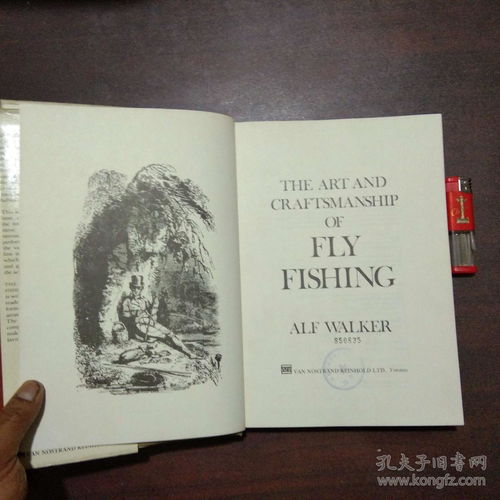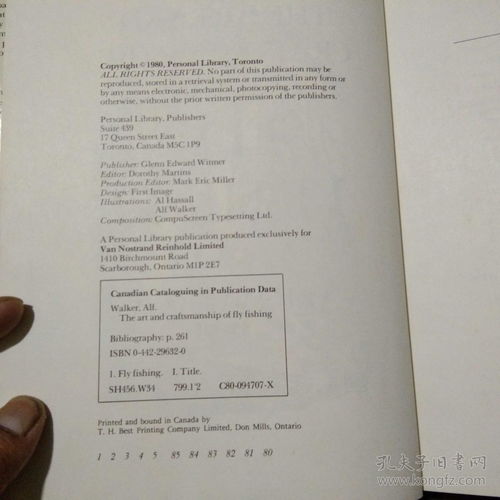Introduction

Fishing is an ancient and beloved pastime that offers a unique blend of relaxation, adventure, and the thrill of the catch. Whether you're a seasoned angler looking to refine your skills or a beginner eager to cast your line into the unknown, self-learning the art of fishing can be both rewarding and enjoyable. In this article, we'll explore how you can acquire the essential skills and knowledge to become a proficient angler without the need for formal instruction.
Start with the Basics
Before you can start fishing, it's important to understand the fundamental equipment and techniques. Here's how to begin your self-learning journey:
1. Gather the Right Equipment
- Rod and Reel: The choice of rod and reel depends on the type of fishing you plan to do. Research the different types available and their uses.
- Line: The type of line you need varies with the fish you're targeting. Monofilament, fluorocarbon, and braided lines each have their advantages.
- Hooks: Hooks come in various sizes and shapes, so choose the ones that are suitable for the fish you're aiming to catch.
- Lures and Bait: Understand the difference between artificial lures and natural bait, and learn which are most effective for your target species.
- Tackle Box: A tackle box is essential for storing your equipment and organizing your gear.
2. Learn the Basics of Casting
Casting is the most fundamental skill in fishing. Start by practicing in a wide, open space to get a feel for your rod's weight and how to control it. Practice different casting techniques, such as the overhead cast, sidearm cast, and roll cast, to find which one suits you best.
3. Understand Fish Behavior
Research the habits and preferences of the fish you want to catch. This includes their feeding patterns, preferred habitats, and the types of bait they are most likely to take.
Find a Learning Resource
While hands-on experience is crucial, having a reliable resource can accelerate your learning process. Here are some resources you can use:
- Books: There are numerous books on fishing techniques, equipment, and fish species. Look for beginner-friendly guides or those that focus on the type of fishing you're interested in.
- Online Tutorials: YouTube is a treasure trove of fishing tutorials, from casting techniques to identifying fish species.
- Local Fishing Clubs: Joining a local fishing club can provide you with access to experienced anglers who are willing to share their knowledge.
Practice Regularly
Like any skill, fishing requires consistent practice. Here are some tips to help you improve:
- Start Small: Begin with simple techniques and gradually progress to more complex ones.
- Keep a Journal: Record your fishing trips, noting what worked and what didn't. This will help you identify patterns and improve over time.
- Join a Group: Fishing with others can provide valuable insights and motivation. Plus, it's more fun!
Stay Safe
Safety should always be a priority when fishing. Here are some safety tips:
- Know Your Surroundings: Familiarize yourself with the area you're fishing in, including any potential hazards.
- Wear Appropriate Clothing: Dress for the weather and the environment you'll be in.
- Use Caution When Handling Fish: Handle fish gently to avoid injury and stress.
- Be Aware of Your Environment: Pay attention to weather changes, wildlife, and other anglers.
Conclusion
Learning to fish on your own is a journey that requires patience, practice, and persistence. By starting with the basics, utilizing a variety of learning resources, and staying safe, you can become a skilled angler. Remember that fishing is as much about the experience as it is about the catch, so enjoy the process and the beauty of nature that surrounds you. Happy fishing!












